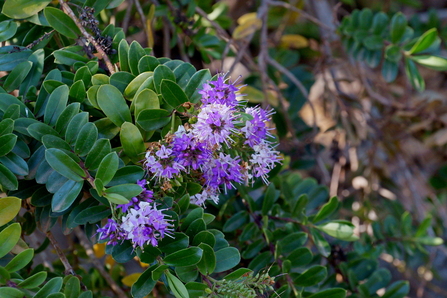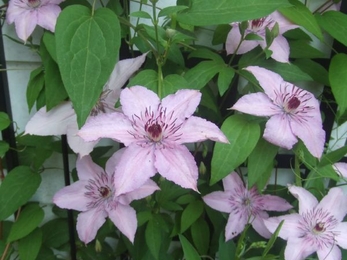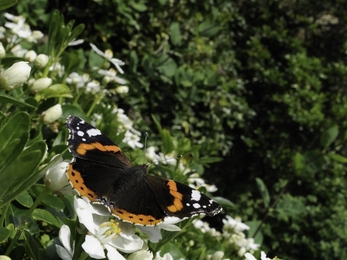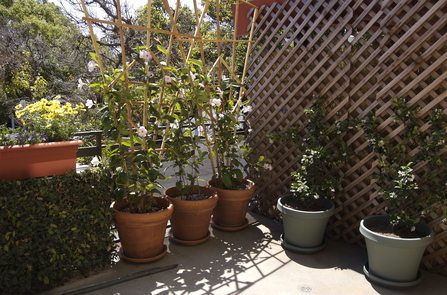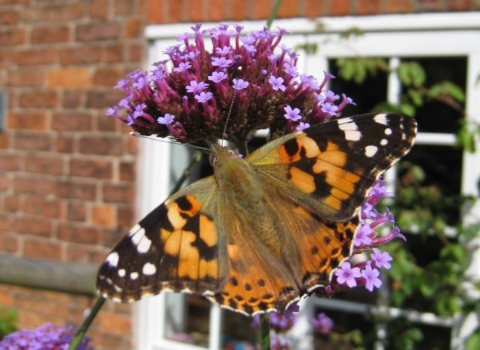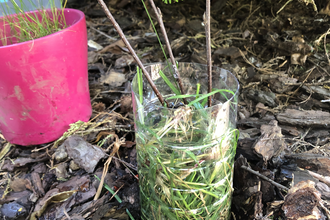As we emerge from the Covid pandemic, and more people are returning to work, many are noticing increased sound pollution in their area. The pandemic has been many things to many people but the resulting quietness has often been overlooked. As we have become more aware of the sounds of nature around us, perhaps we have failed to appreciate that it’s the loss of the background hum of human activity that has allowed nature’s song to shine.
As noise returns to the pre-pandemic state we can remember that the sounds of nature are a balm to our human senses, and thankfully we can look to nature to provide solutions to unwanted rumblings. If you are noticing elevated noise levels in your area due to the increasing traffic and human life returning to the streets, then here are a few nature-inspired ideas you can use in your own outdoor space to help minimise the impact in your home.
Bouncing sounds
First, we need to understand that sound acts in different ways depending on what surface it hits. Some sound will always be transferred through a surface, but the amount depends on the texture and rigidity of the surface. Hard surfaces will bounce much of a sound wave right back out into the surrounding area or right into your downstairs window, whereas squidgy surfaces will absorb a good degree of sound and will have a muffling effect. Rough surfaces or those with gaps scatter or bend the sound, which makes them particularly good at lessening volume.
Plants and other materials can help you minimise the sound around you using all of these wonderful quirks of nature.


